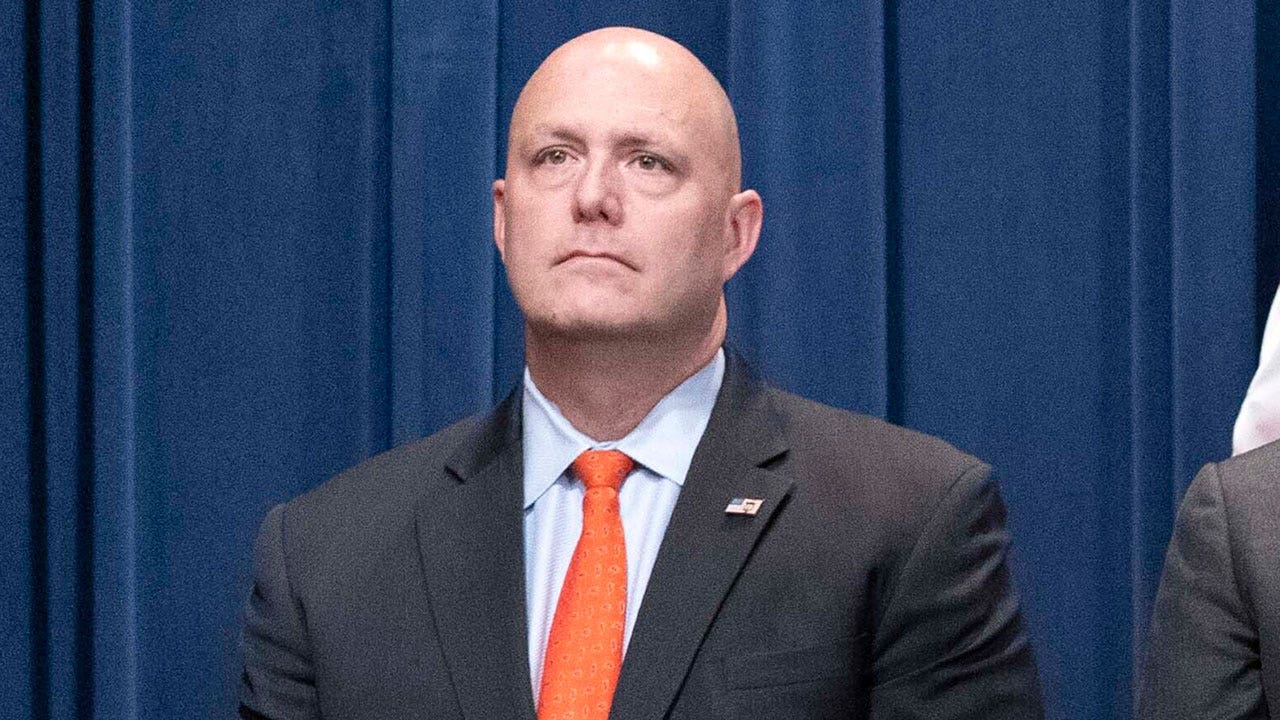Last week brought some rare good news on drugs: Overdose deaths declined in 2023. And while the opioid crisis has taken some surprising and terrible twists over the years, it may finally be turning around.
There are two main causes. First, drug epidemics tend to follow a natural course in which the drugs enter a market, spread and then fade away, at least for some time. The opioid epidemic appears to have entered that final phase. Second, policymakers have increased access to both Narcan, a medication that reverses opioid overdoses, and addiction treatment. These changes have saved lives. Today’s newsletter will explain both causes.
Faddish cycle
Drugs are often faddish; epidemics tend to ebb on their own. Why? Users die. People see the damage that a drug does, and they shun it. Surviving users move on to other drugs that they see as better or safer, sometimes incorrectly.
Think of all the drugs that have come and gone over the past several decades, such as crack, meth and synthetic marijuana. (In the case of meth, a comeback is underway. Even the worst fads can return.)
The opioid epidemic is no exception. In fact, it has arguably been a succession of three different fads — first opioid painkillers, then heroin and finally fentanyl — that have felt like one.
In the 1990s, doctors started to prescribe more painkillers. The drugs proliferated not just among patients but everyone else as teenagers took them from parents’ medicine cabinets and peddlers sold them on the black market. By the 2010s, many painkiller users had moved on to heroin as they lost access to the pills — because doctors stopped prescribing them — or sought a stronger high. Then, fentanyl arrived.
Fentanyl has been worse than heroin and other opioids. Drug cartels make it in laboratories in Mexico, using ingredients typically imported from China. Before the current crisis, fentanyl was not widely misused in the U.S. It first spread in drug markets across the East Coast and the Midwest in the mid-2010s, consistently causing a spike in overdoses wherever it went.
For a little while, its spread largely stopped at the Mississippi River. It was easier to mix with the white-powder heroin popular in the eastern U.S. than with the black tar heroin popular in the western U.S. As fentanyl’s spread briefly stalled, overdose deaths declined nationally in 2018. But then the drug went westward, reaching the Pacific Coast. That new wave, coupled with the Covid pandemic, caused annual overdose deaths to exceed 100,000.
So why is last year’s drop different from 2018’s? Opioids, including fentanyl, have already reached every corner of the country; they have few places left to spread. The Covid pandemic is over, taking with it the chaos and isolation that led to more overdoses. The drug users most likely to die have already done so. More people have rejected opioid use. And the remaining users have learned how to use fentanyl more safely.
Policy’s impact
Some policy changes have played a role in the decline, too.
In particular, federal officials have successfully pushed the use of Narcan (also known as naloxone), a medication that reverses opioid overdoses. Police officers and firefighters often administer it. Libraries and schools carry it. Pharmacies sell it over the counter. Some first aid kits include it. People who overdose are now much likelier to get Narcan quickly enough to save their lives.
The federal government has also put more money toward addiction treatment, both through Medicaid and through new laws aimed at the drug crisis. The government has pushed doctors to prescribe medications that treat opioid addiction. Some states, like Vermont, have made treatment more accessible and higher quality.
These changes have not addressed every problem. Patients can struggle to pay for treatment. And some programs continue to use practices not supported by science, such as confrontational approaches and therapies in which patients bond with horses. Still, the policy changes have helped improve the treatment system overall.
More to do
Even after last year’s decline, annual overdose deaths remain above 100,000. That death toll is higher than all annual deaths from car crashes and guns combined. The introduction of a new drug — the next fad — could still increase that death toll again.
Policymakers could speed up the drop in deaths. They could require health insurance plans to cover addiction treatment. They could fund more high-quality treatment. They could reduce the price of Narcan and similar medications. They could better coordinate with China and Mexico to reduce the flow of fentanyl into the U.S.
The opioid epidemic is burning out anyway, but its decline could be steeper, saving thousands more lives.
Related: A major study found that weed use among teenagers was lower in states where the drug was legal, confounding expectations.
THE LATEST NEWS
Trump on Trial
Opinions
Arizona has a choice: become more like Texas or more like California. This year’s U.S. Senate race will suggest where it’s headed, Tom Zoellner writes.
Travel: Spend 36 hours on the Spanish island of Minorca.
Climate questions: Is biodegradable plastic really a thing? Yes, but it isn’t a perfect solution.
Health: How to soothe — and prevent — ingrown hairs.
Lives Lived: Bruce Nordstrom, whose grandfather immigrated from Sweden and founded Nordstrom as a small shoe-store chain, was instrumental in turning the retailer into an international fashion giant. He died at 90.
SPORTS
N.H.L.: The Edmonton Oilers survived Game 7 in Vancouver despite giving up two goals in the final nine minutes. They will play the Dallas Stars in the Western Conference Final.
N.B.A.: The Boston Celtics and Indiana Pacers play in Game 1 of the Eastern Conference finals tonight. Boston is a favorite.
ARTS AND IDEAS
Robert F. Kennedy Jr.’s style — the skinny ties, button-downs and weather-beaten tan — is unique among this year’s presidential hopefuls. It also might be an electoral advantage: His preppy look evokes, in the American mind, his father and his uncle, the Times’s chief fashion critic Vanessa Friedman writes.
“It matters because those unstated associations serve to moderate Mr. Kennedy’s more outré positions,” Vanessa adds.






